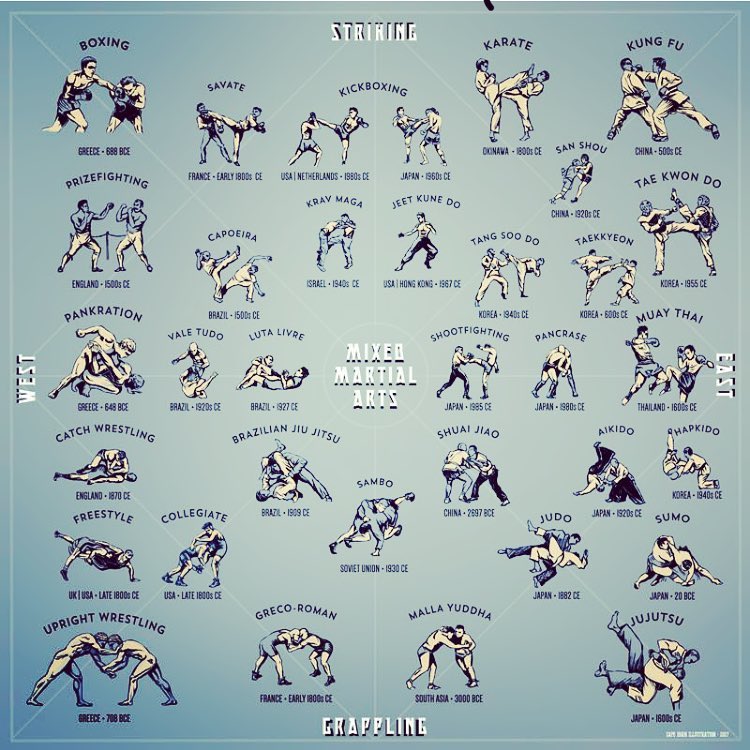A Historical Introduction And Development Of Martial Arts Around The World
A Historical Introduction And Development Of Martial Arts Around The World
Blog Article
Content Composed By-Chu Ebsen
Martial arts have an interesting background that spans centuries and continents. what is a martial arts instructor called may find it appealing just how ancient practices like Shuai Jiao and Kalaripayattu prepared for modern fight strategies. These techniques not just emphasize physical abilities however additionally show the cultures that birthed them. As you discover their evolution, take into consideration exactly how globalization has transformed these traditional kinds right into hybrid styles. What influences do you assume have shaped today's martial arts landscape?
Ancient Martial arts: The Foundations of Fight
As you explore the world of ancient martial arts, you'll find the rich structures that formed battle techniques across cultures. Early techniques concentrated on Self-Defense and survival, typically including strikes, grappling, and weaponry.
In ancient China, for instance, methods like Shuai Jiao stressed throws and joint locks, while India's Kalaripayattu showcased agility and liquid motion. martial arts without punching created Kenjutsu, a refined swordsmanship that highlighted self-control and technique.
These martial arts offered not just for battle yet likewise as a means of personal development, instilling values like respect and perseverance. The blending of these strategies over time prepared for the varied martial arts you see today, each mirroring the distinct approaches and requirements of its culture.
The Social Impact on Martial Arts Growth
While martial arts frequently reflect the useful requirements of a culture, they likewise personify the social worths and beliefs of their origins. When you check out various martial arts, you'll notice exactly how they're affected by faith, ideology, and social standards.
For instance, the focus on regard and self-control in Japanese martial arts originates from Zen Buddhism and samurai culture. On the other hand, Brazilian Jiu-Jitsu advertises adaptability and strategy, formed by the demand for performance in a diverse, modern environment.
You might discover that the routines, attires, and training methods reflect an area's background and identification. By comprehending these social influences, you strengthen your appreciation of martial arts and their role in shaping human experiences around the world.
Modern Adaptations and the Globalization of Martial arts
Martial arts have actually transformed considerably in recent decades, adapting to modern culture and worldwide influences. You'll observe that typical kinds have combined with modern strategies, producing hybrid styles like mixed martial arts. These adjustments deal with varied target markets, making martial arts easily accessible and appealing globally.
With the surge of social networks and digital platforms, you can locate tutorials and competitions from all corners of the world, damaging geographical barriers. This globalization has actually resulted in a shared recognition for different disciplines, from Brazilian Jiu-Jitsu to Taekwondo.
As you engage with these arts, you'll realize they're not just about combat; they promote fitness, technique, and psychological wellness.
Inevitably, modern-day adjustments have actually improved the martial arts landscape, making it a vibrant and advancing practice.
Conclusion
In exploring the background and development of martial arts, you discover a fascinating mix of strategies, cultures, and viewpoints. From old techniques like Shuai Jiao and Kalaripayattu to the modern versatility seen in MMA, martial arts reflect humanity's quest for Self-Defense and individual growth. As you engage with these practices, you not only obtain abilities however likewise a much deeper gratitude for the diverse practices that shape our globe today. So, proceed your journey and accept the art of combat!
